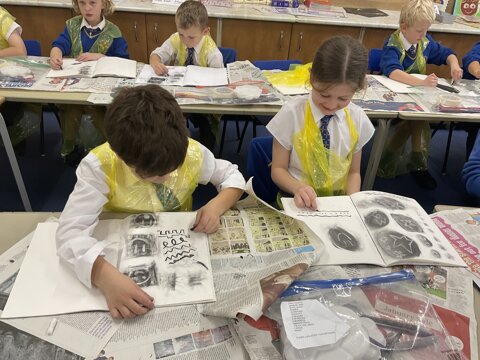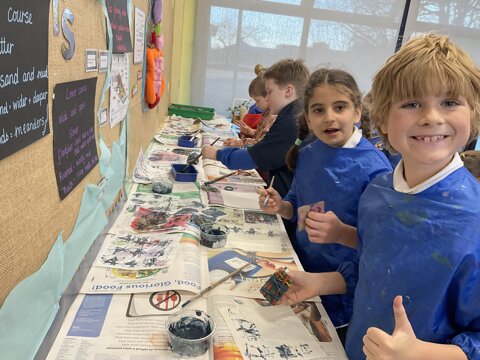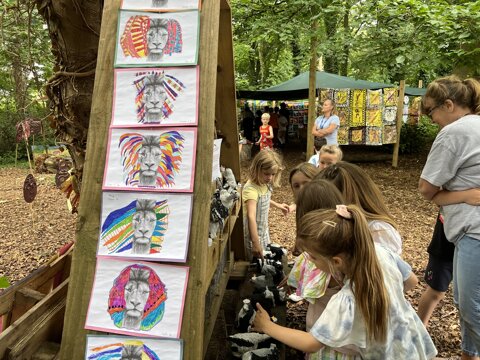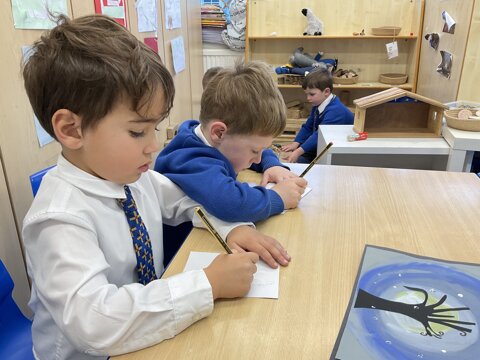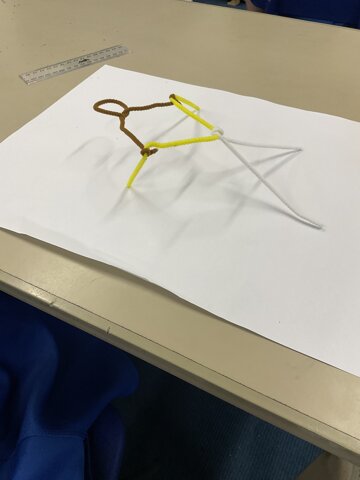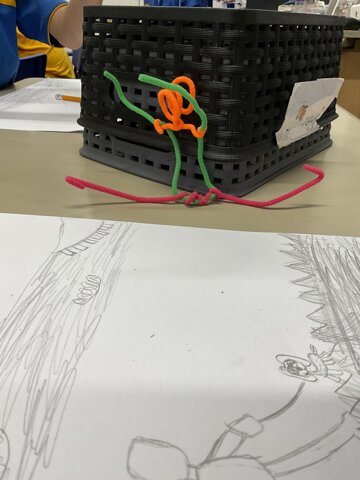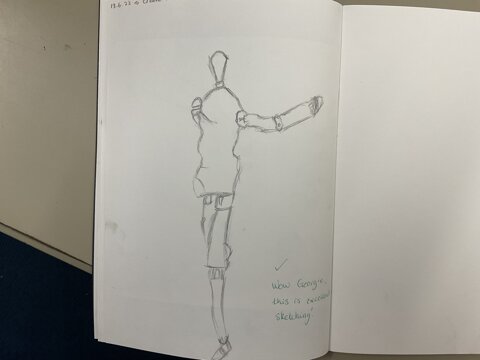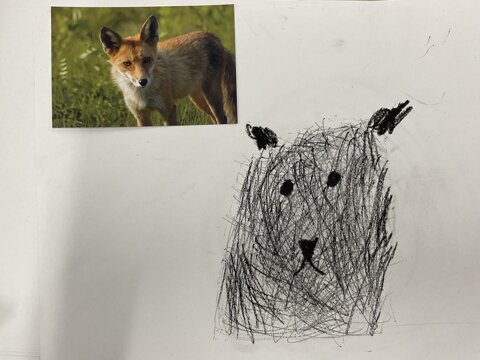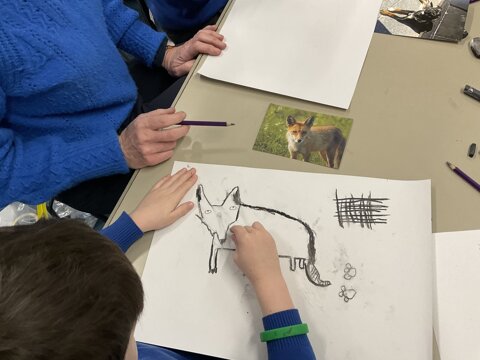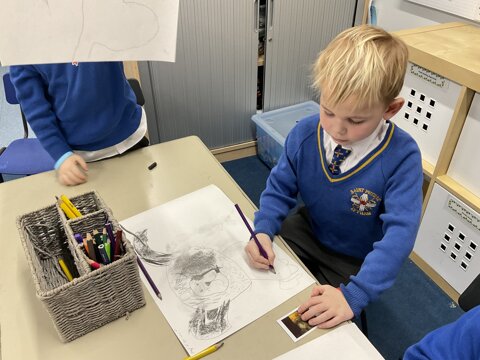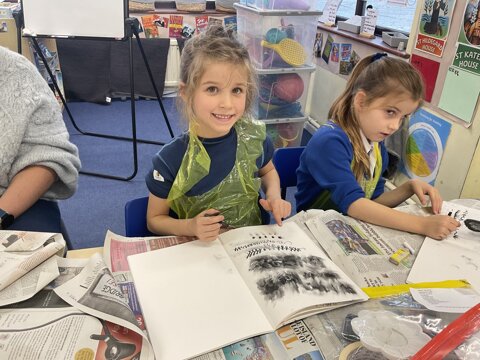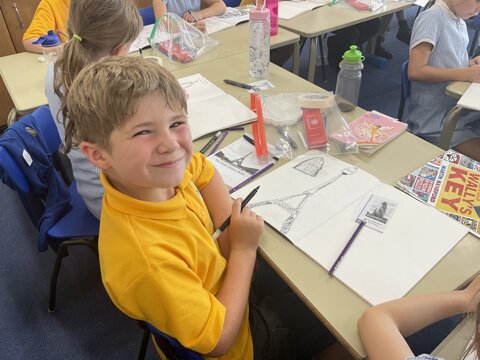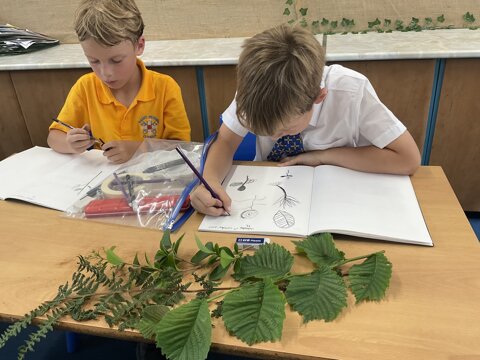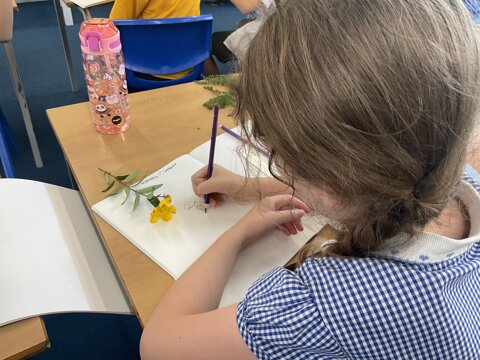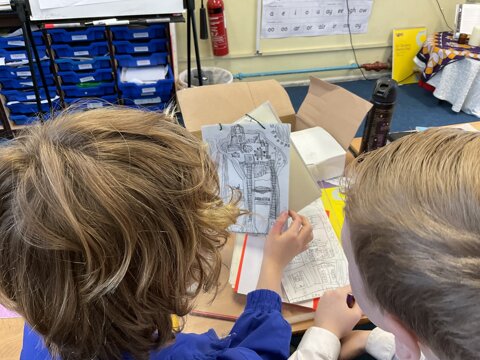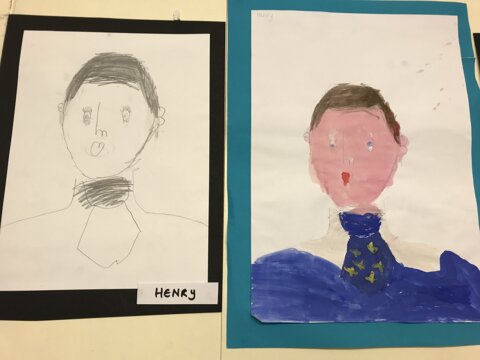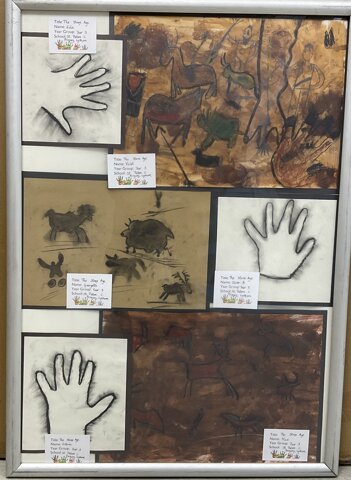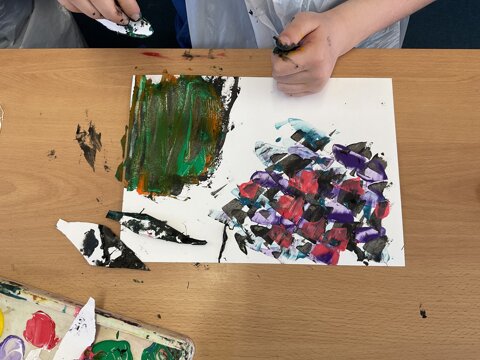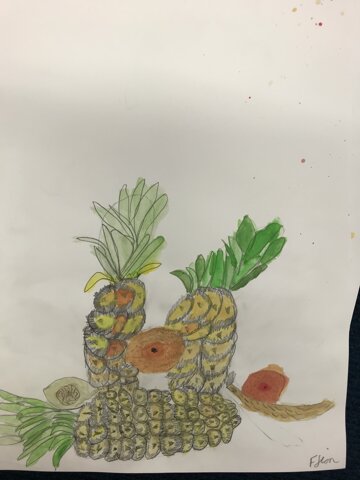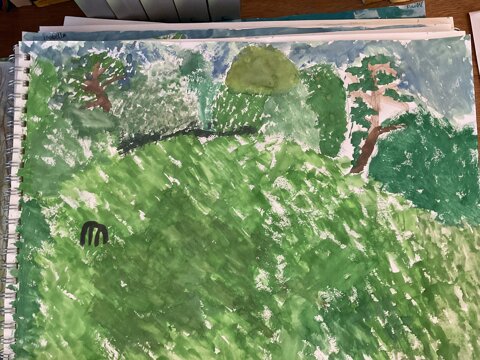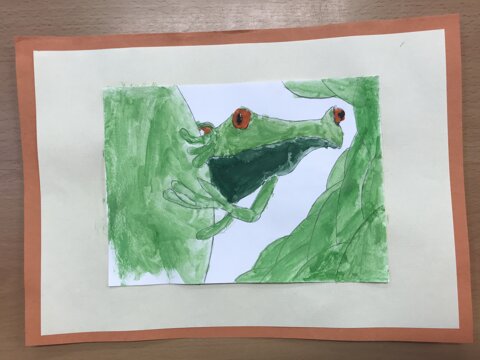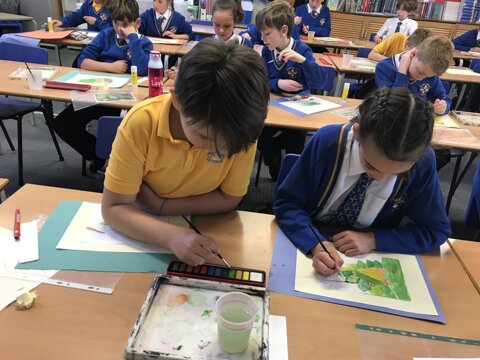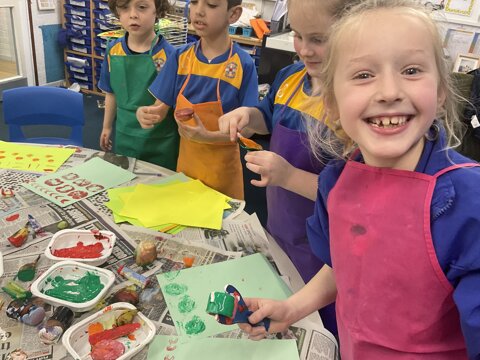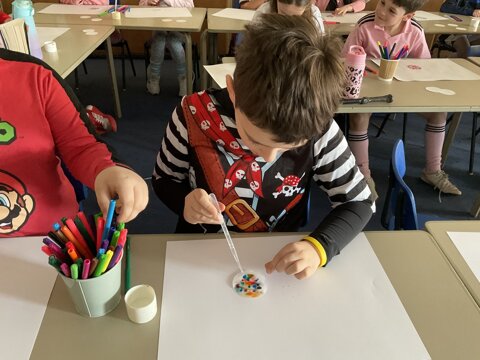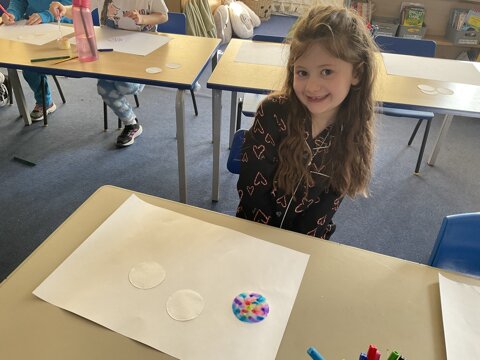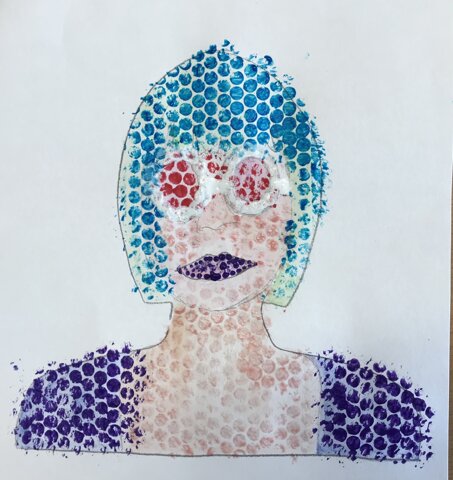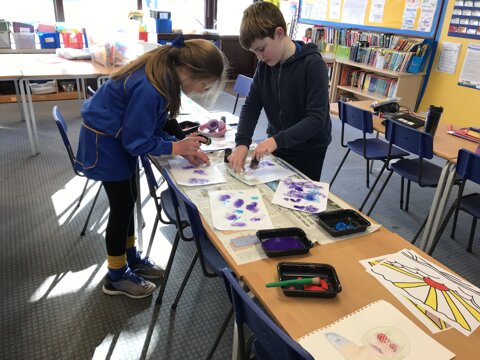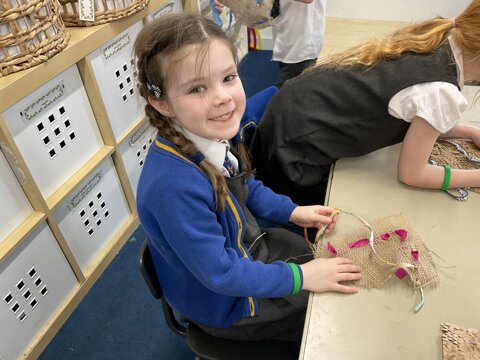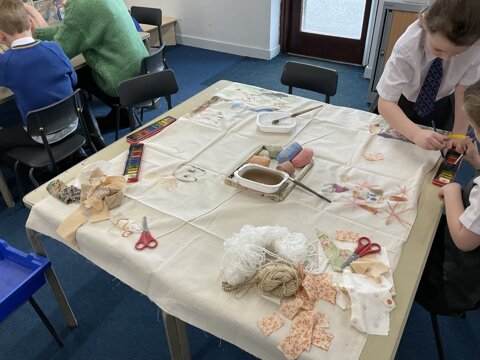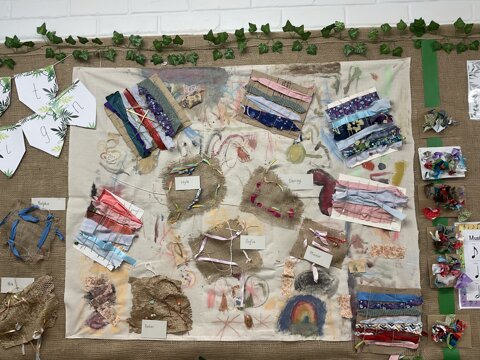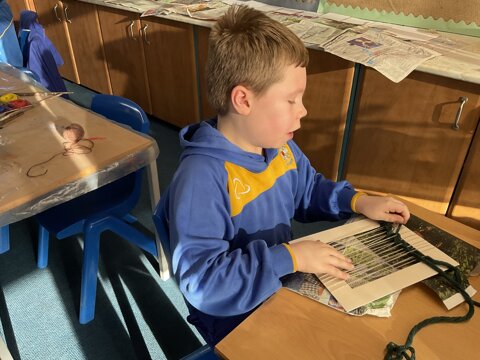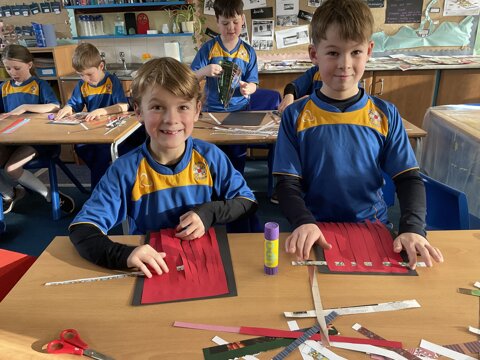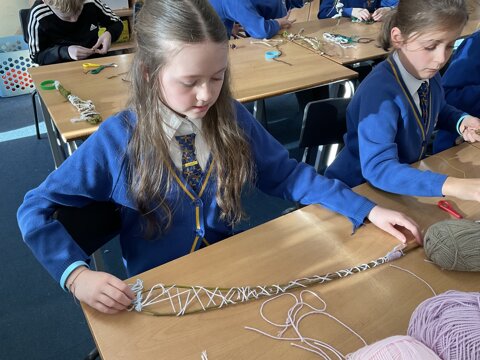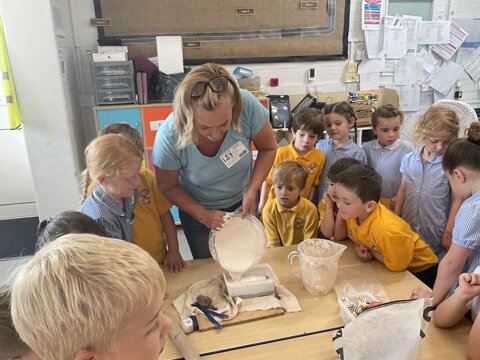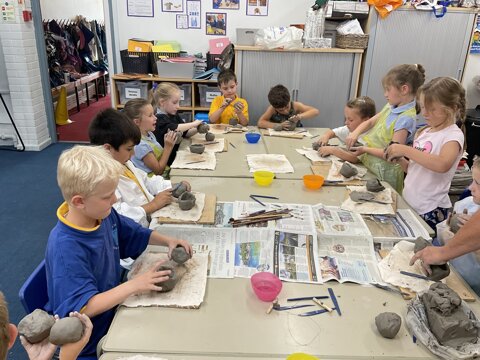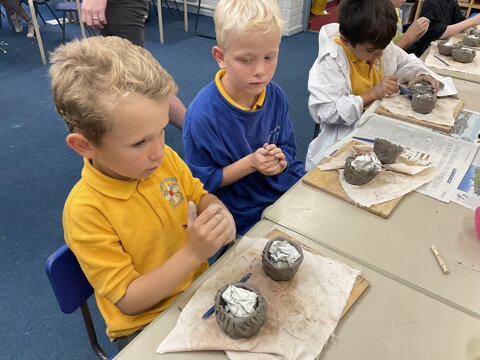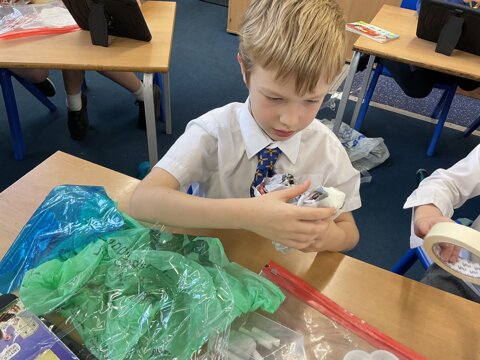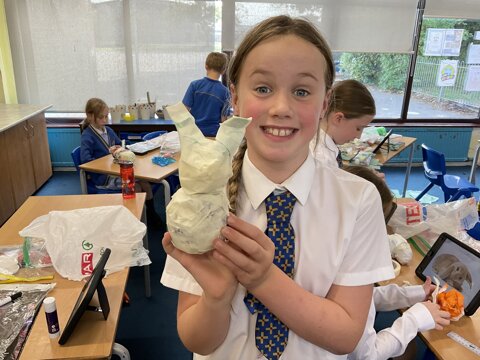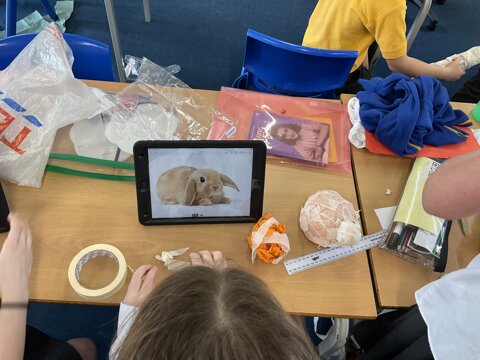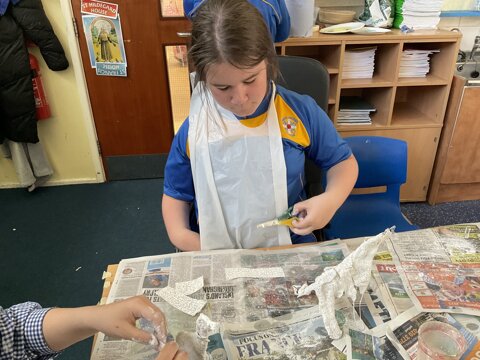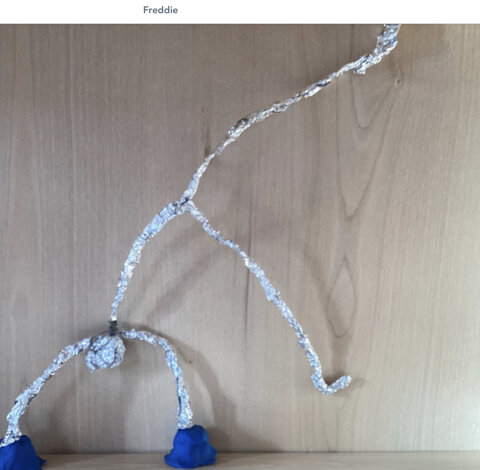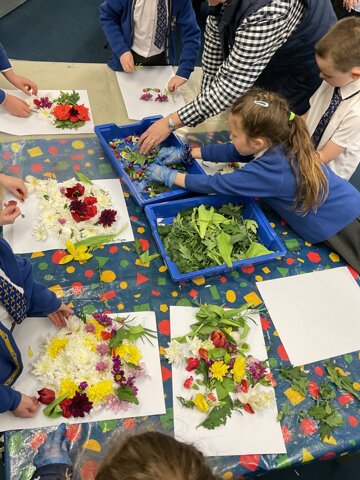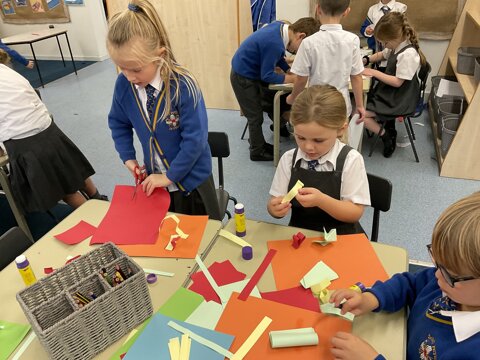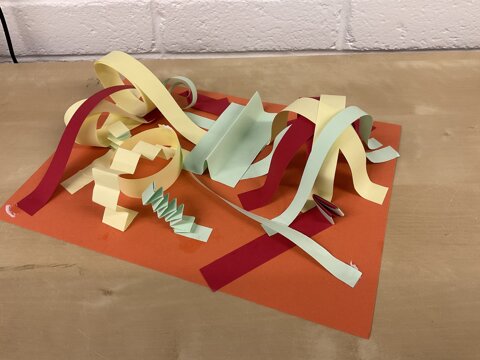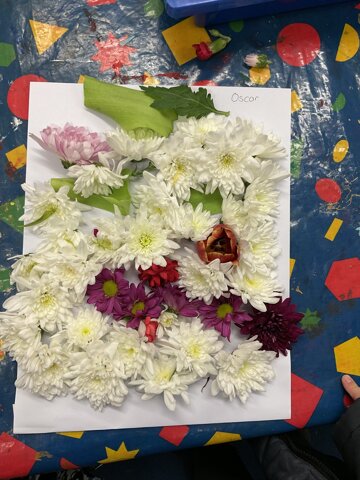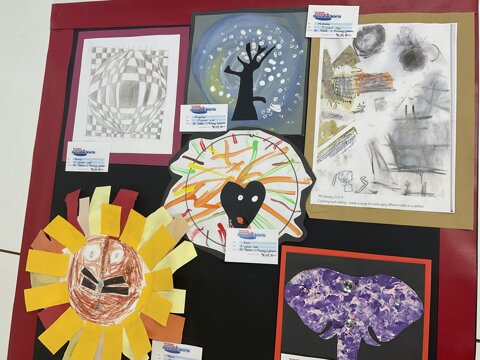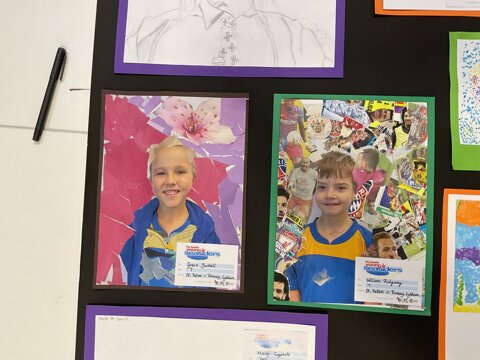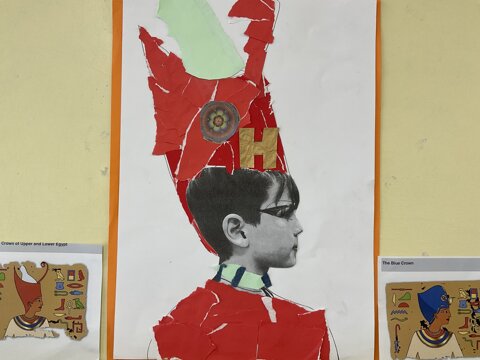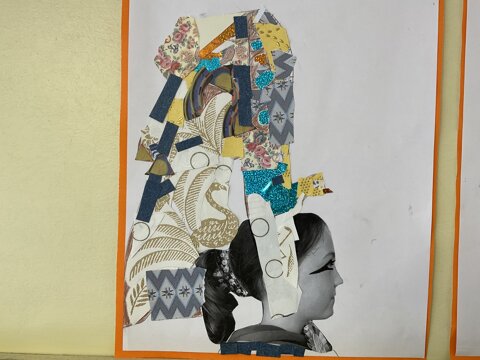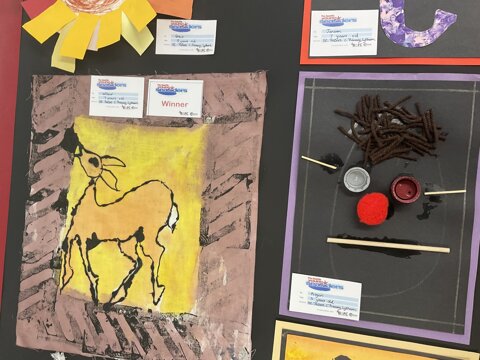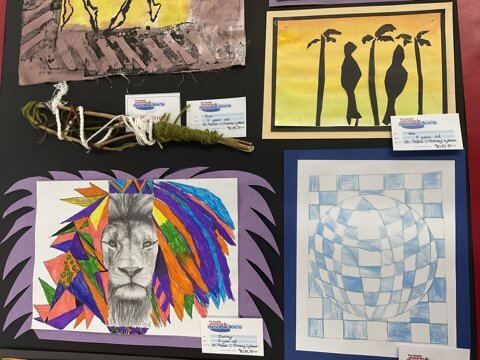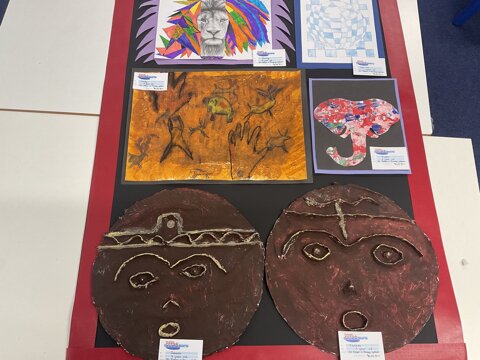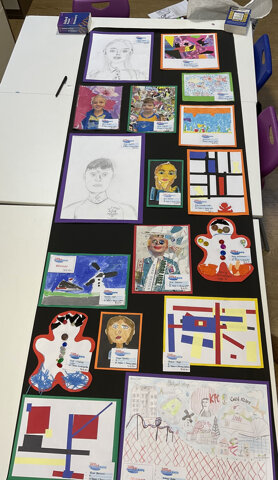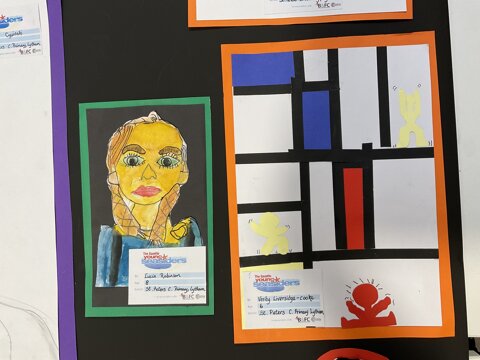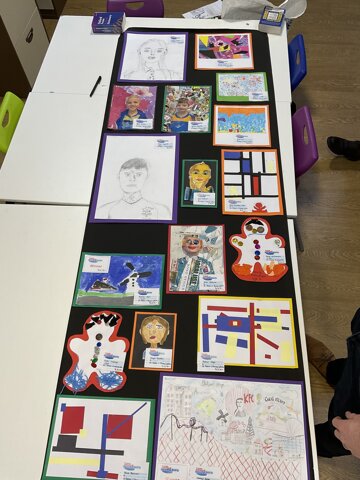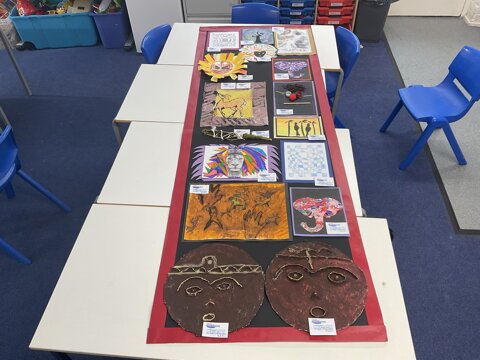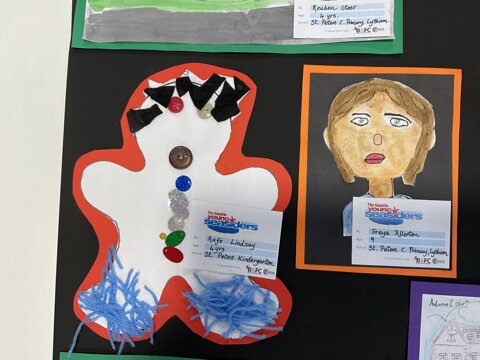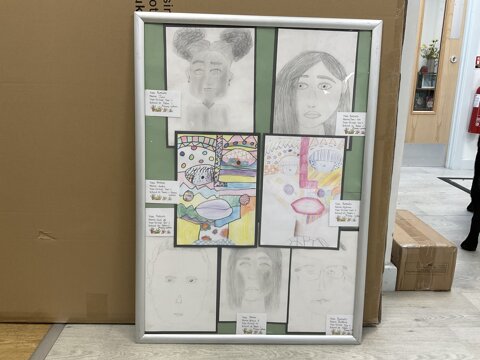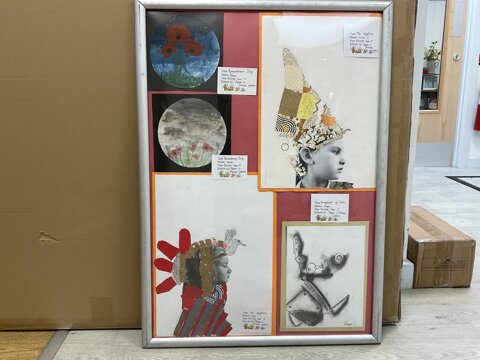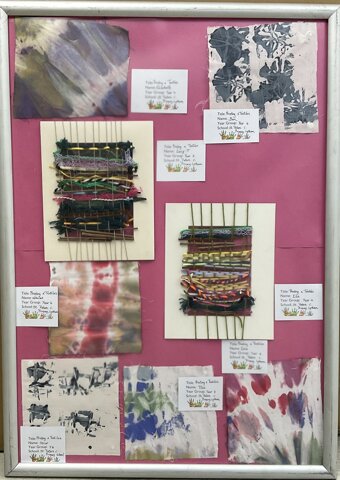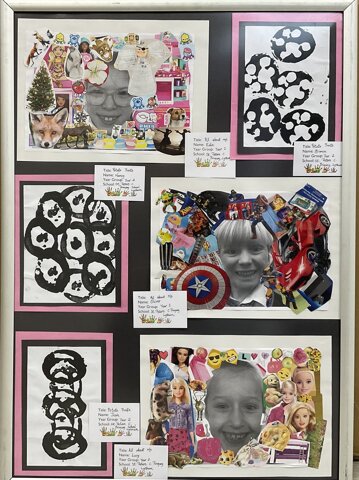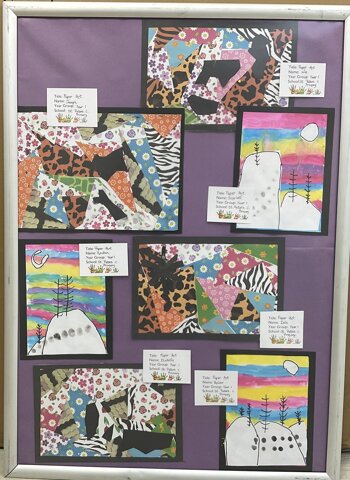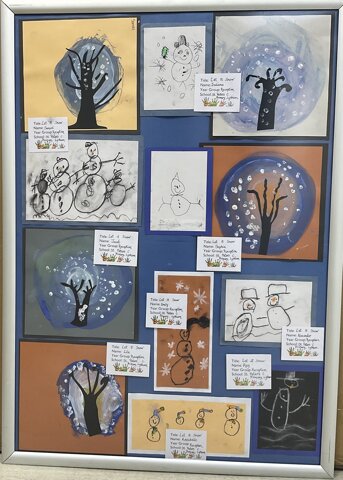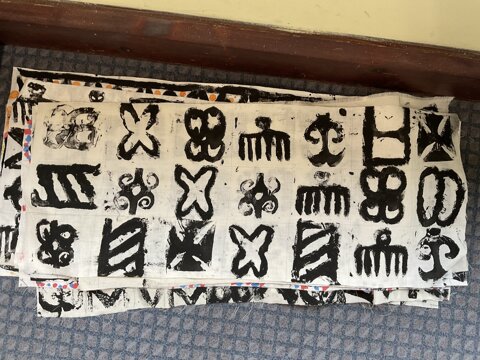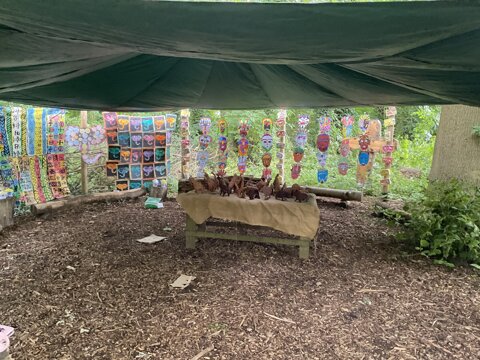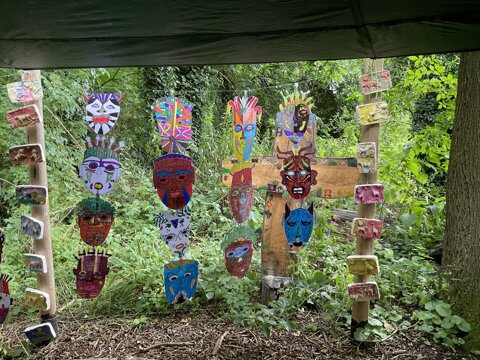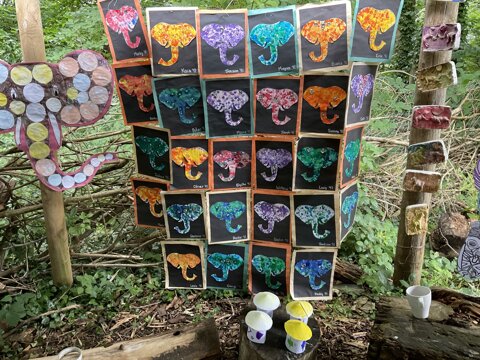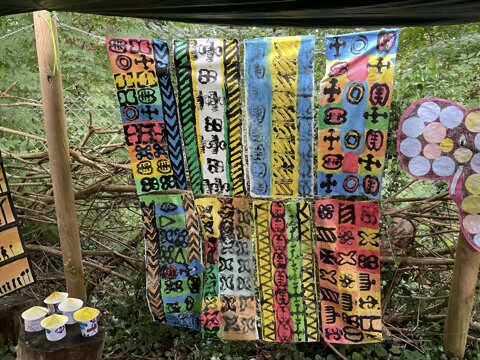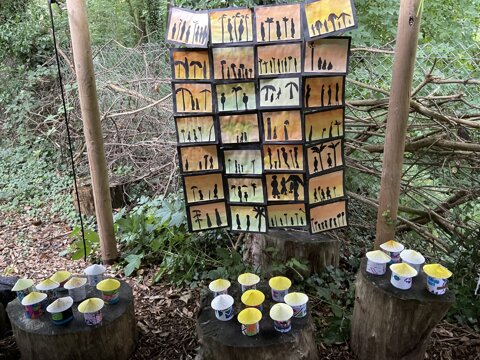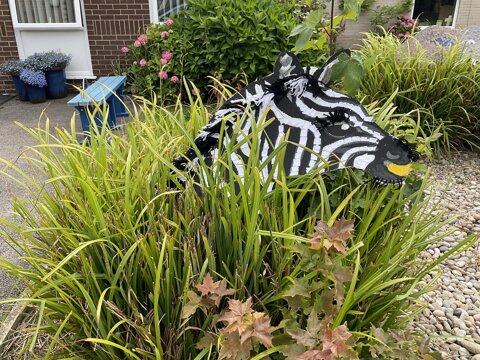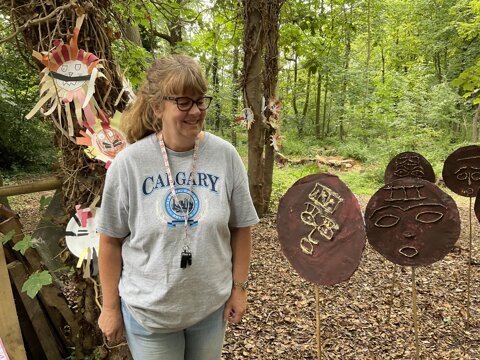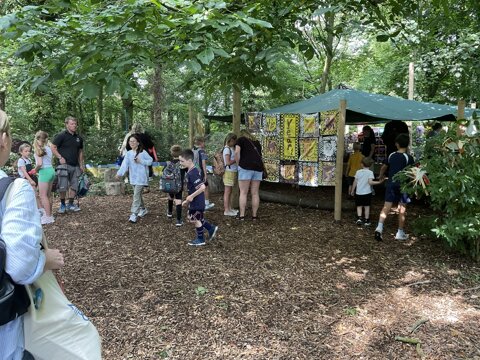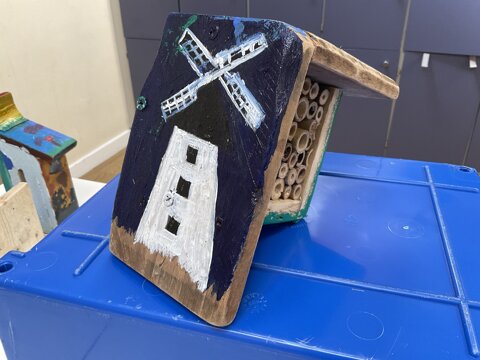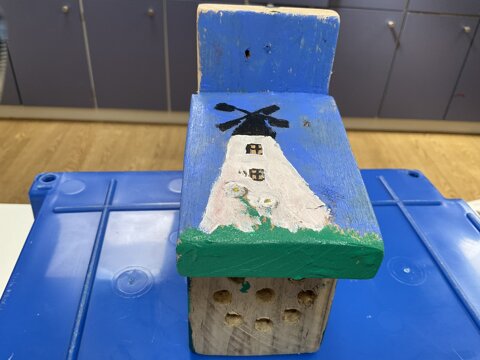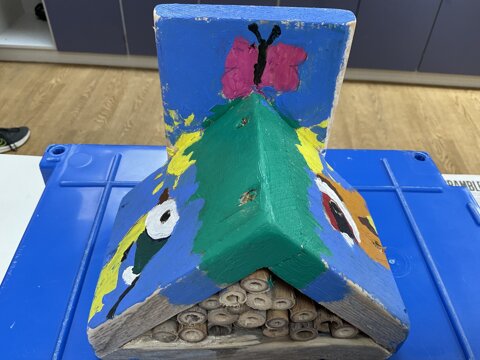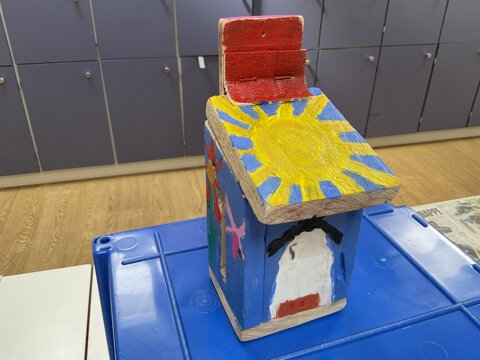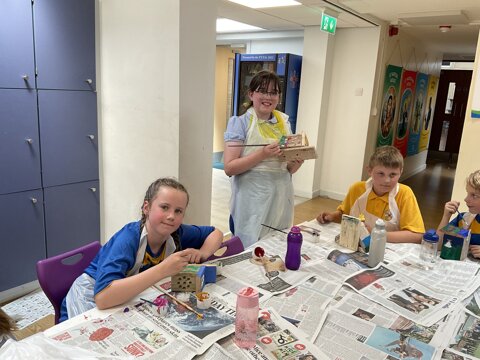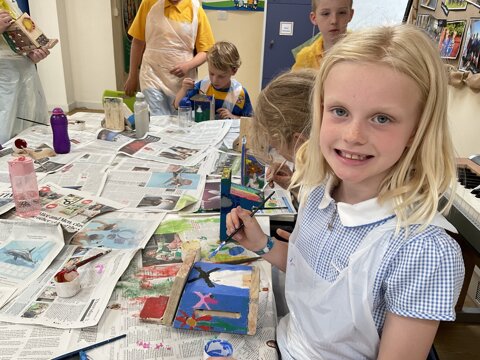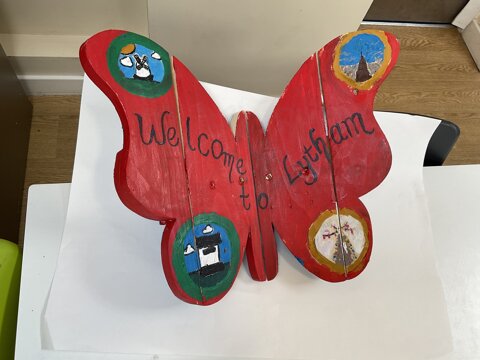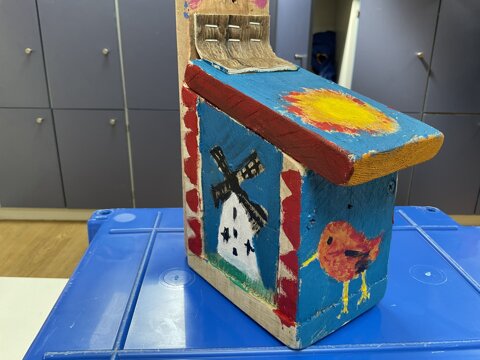Art and Design
“ I found I could say things with colour and shapes that I couldn’t say any other way - things I had no words for.”
Georgia O’Keefe
At St. Peter's, we ignite the spark of inspiration in every child, fostering a deep appreciation for the wonders of Art & Design.
In our Art & Design, children embark on an exhilarating journey of discovery, where they uncover the joy of self-expression and unleash their boundless creativity. Through hands-on experiences and thought-provoking challenges, they develop a keen eye for detail and a rigorous understanding of artistic concepts.
Children are encouraged to explore, experiment, and push the boundaries of their imagination. From vibrant paintings to intricate sculptures, they use all their senses to bring their ideas to life, forging a unique connection with the world around them.
As budding artists and designers, children draw inspiration from the works of renowned artists, craftspeople, and designers from different cultures and eras. By delving into the rich tapestry of art history, they gain insight into how creativity both reflects and shapes our world, contributing to the rich cultural fabric of our nation.
At St. Peter's, we believe that every child is entitled to an art & design curriculum that inspires and empowers them to become active learners. Our aims include nurturing children's imagination, honing their artistic skills, fostering cultural appreciation, and instilling confidence in their ability to make thoughtful judgments and decisions.
Our Curriculum
St. Peter's Primary School adopted the CUSP Art curriculum, commencing from Spring 2024.
The curriculum is thoughtfully structured into blocks, each dedicated to specific artistic disciplines such as drawing, painting, printmaking, textiles, 3D, and collage. Within these blocks, a vertical progression is intentionally integrated, allowing students to revisit and deepen their understanding of key disciplines as they progress through their primary education.
In addition to the core knowledge required to be successful within each discipline, the curriculum outlines key aspects of artistic development in the Working Artistically section. Each module will focus on developing different aspects of these competencies. This will support teachers in understanding pupils’ development as artists more broadly, as well as how successfully they are acquiring the taught knowledge and skills.
Working Artistically
| Shape | Line | Colour | Value | Form | Texture | Space |
| Shape is a flat (2D) area surrounded by an outline or edge. | Lines are used to show movement and mood. | Colour is used to convey atmosphere and mood. | Value is the intensity of colour and depends on the amount on white added. |
Artists use form when they create sculptures. These are 3D shapes. |
Texture is the look and feel of a surface. | Space in art work makes a flat image look like it had form. |
Curriculum Overview
Art CUSP Overview
Art CUSP Termly Overview
EYFS-Key Stage 1 Art and Design
In Art and Design, every student will engage in all lesson sequences, with special attention given to the critical core content for students with Special Educational Needs and Disabilities (SEND). Teachers will tailor activities and delivery methods during planning to ensure full participation and access to materials for students with SEND.
Students with language and communication difficulties, including those with ASD, may benefit from additional visual cues to aid comprehension. For example, individual task boards can be used to assist in breaking down activities into manageable steps for these students.
For students with sensory sensitivities, adjustments can be made to accommodate their needs. This may include providing different materials. Students with significant motor skill difficulties may require aids e.g. a pencil grips or larger tools which ensures that each child is included.
At St. Peter’s we believe that vocabulary and its understanding is an integral part of the children’s learning in art. We aim to display in the classroom and as apart of the knowledge note inside of the child’s work book.
We aim to provide a high challenge with low threat culture and put no ceiling on any child’s learning, instead providing the right scaffolding for each child for them to achieve.
As art is subjective and the appreciation of art varies from person to person a child’s overall presentation of the final piece of art may and may not be taken into account when accessing. However, the child may be assessed on the skills taught and whether they are prevalent within their piece.
Clear expectations are outlined for each block, specifying what students should know and be able to do by the block's conclusion. The Point of Reflection section further clarifies the anticipated outcomes for each lesson.
Specific questions are provided to prompt discussion and assess students' understanding of tools, techniques, and effects. For instance, inquiries like "What happens if you change the size of the mark?" help gauge comprehension.
Oracy and Vocabulary tasks are integrated to evaluate students' ability to use artistic language effectively, explain techniques and processes, and critically assess both their own and others' work.
The most effective form of assessment in art occurs during students' active engagement in creating art. This approach allows teachers to observe students' artistic development in real-time, rather than solely focusing on a final product. Encouraging students to articulate their thoughts and reflections during the creative process enables educators to identify areas where additional instruction may be needed, thus reshaping teaching strategies to better support students' artistic growth.
Art In The Community
At St. Peter’s we strive to reach out within our community to celebrate our creative endeavours and allow the children to have to an opportunity to exhibit their work. We proudly take part in local exhibitions and have had the privilege of the experience of a resident artist who created a whole school art installation.
.png)
